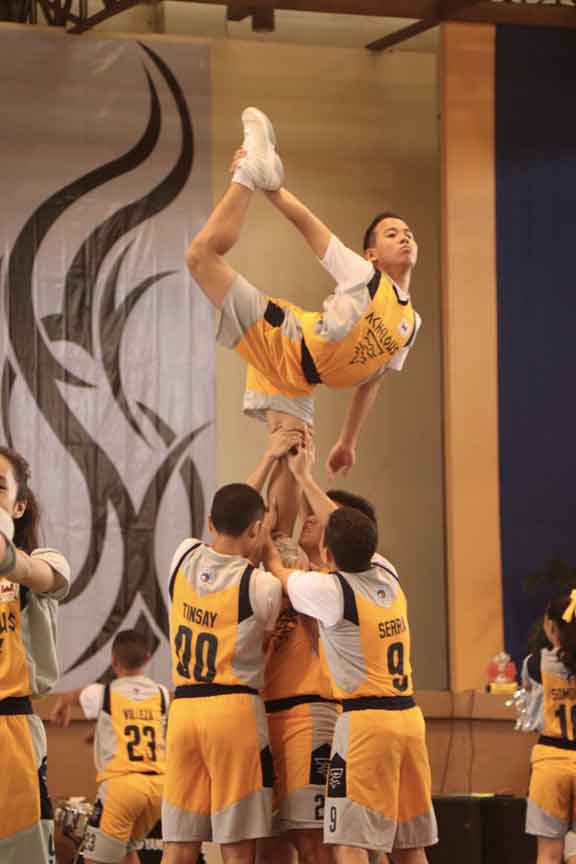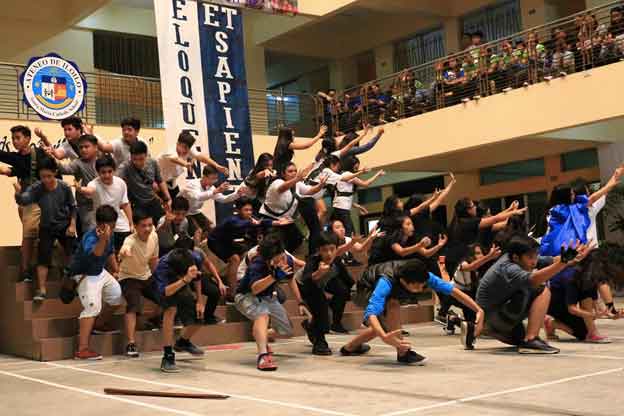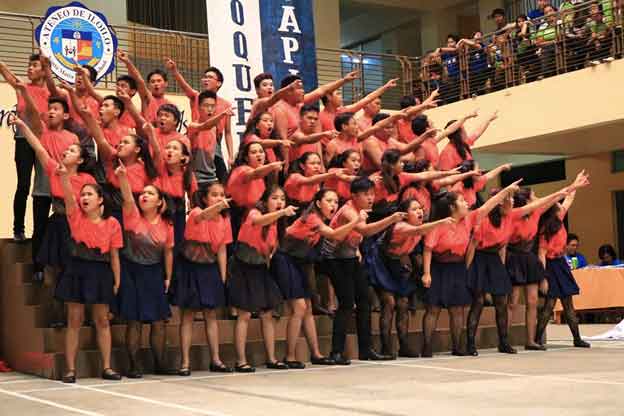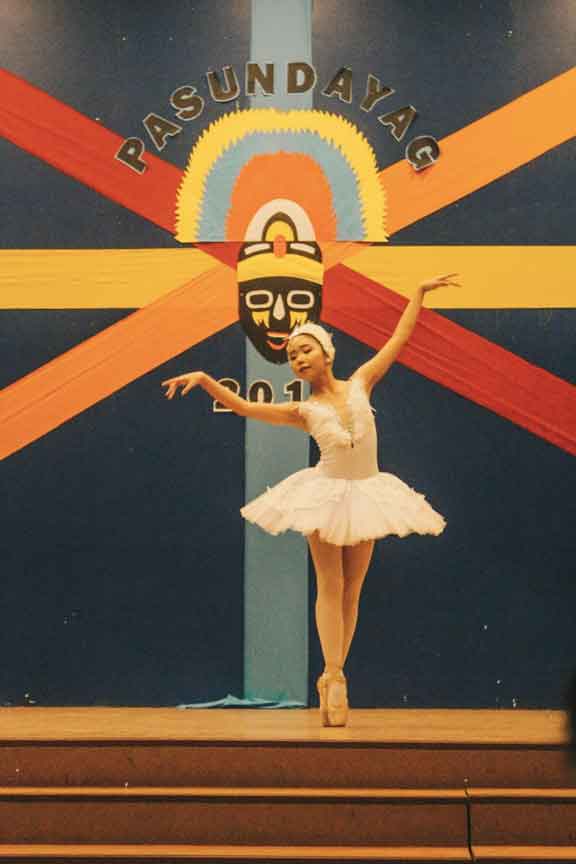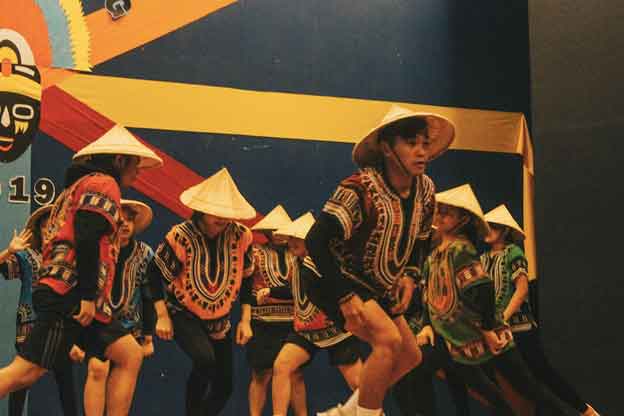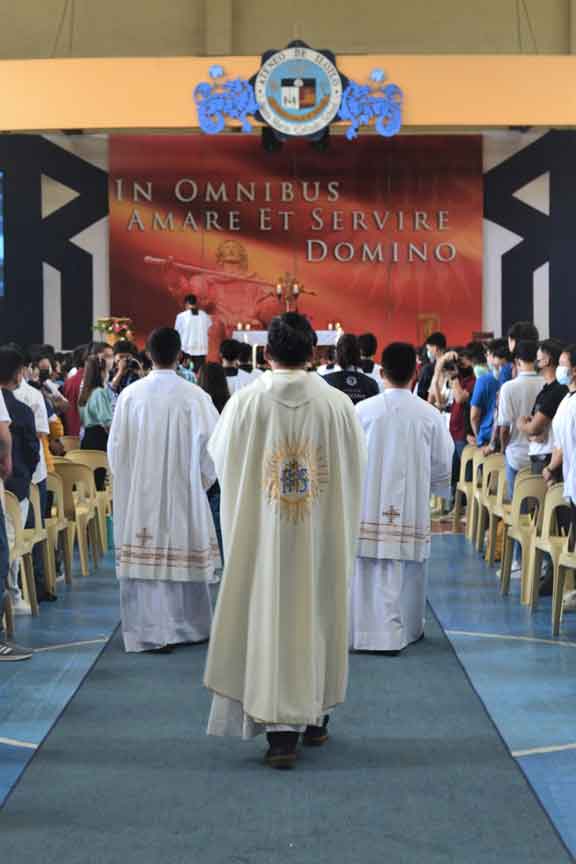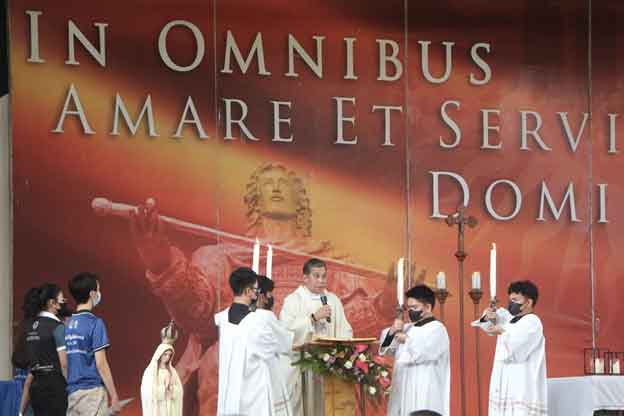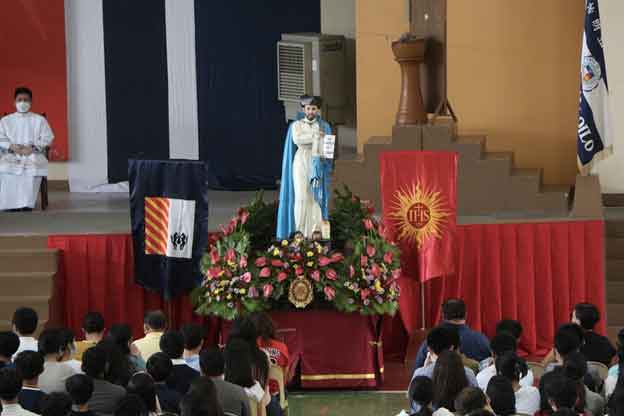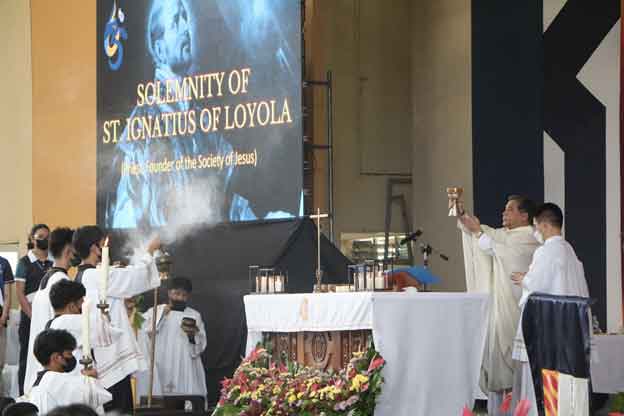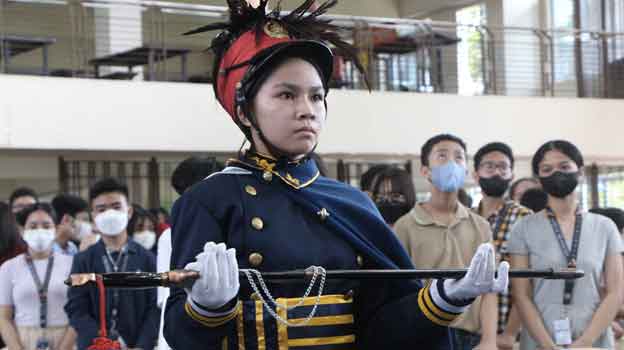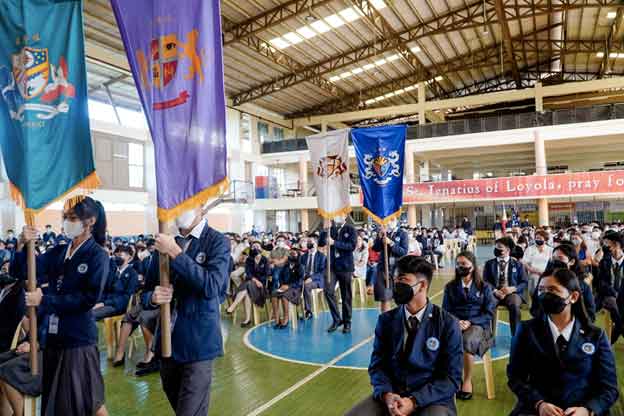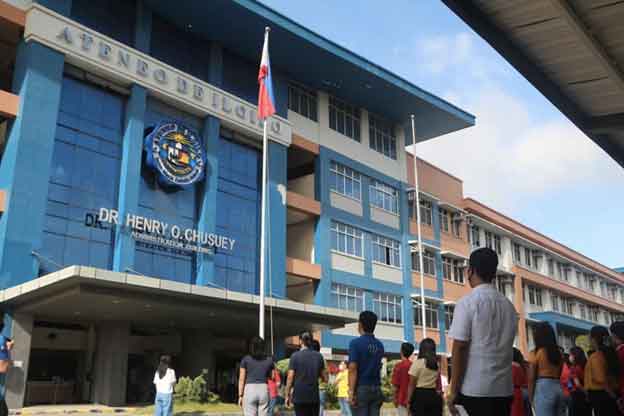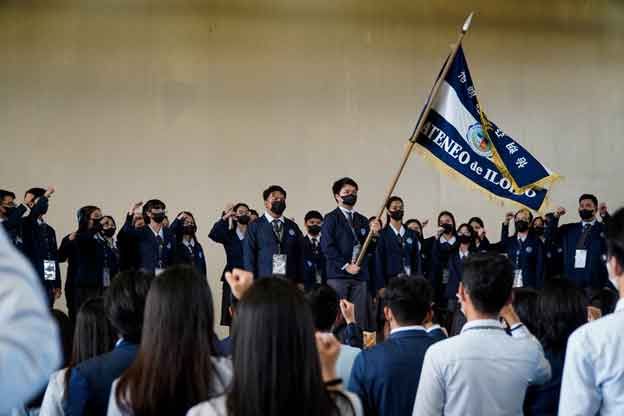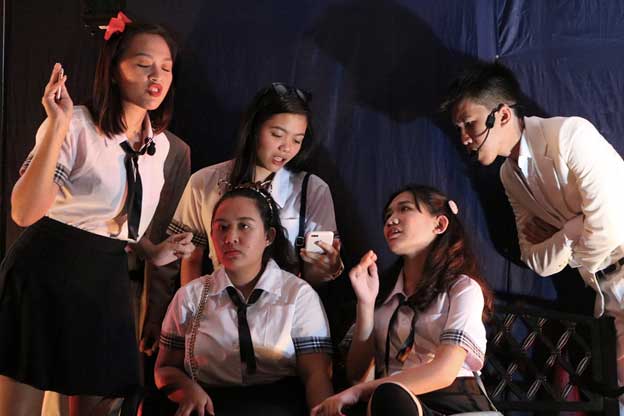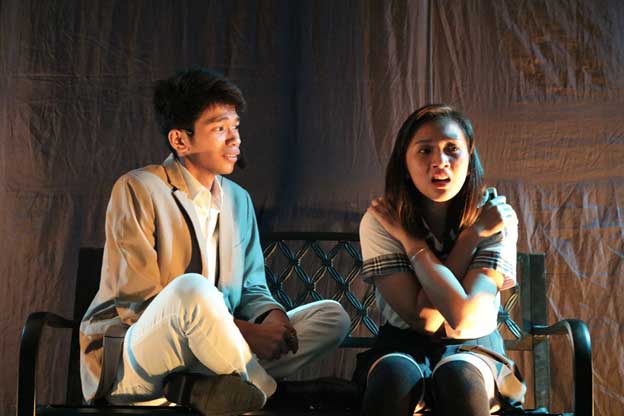By John Anthony S. Estolloso
FOR STUDENTS and teachers from Jesuit schools all over the world, the last day of July commemorates the feast day of St. Ignatius of Loyola, the Basque soldier-turned-missionary who eventually founded the Society of Jesus. While most people acquainted or affiliated with the religious order are familiar with Ignatius’ life-changing decision that marked his conversion, the story of how it happened is worth a second look.
In 1521 while defending the castle-town of Pamplona against the advancing French, Ignatius’ leg was shattered by a rogue cannonball, confining him to bed and detaching him from the courtly life of his youth. In his recuperation, he came across literature on the life of Christ and the saints. The odd pastime – far from his usual chivalric jaunts – sparked his resolve to reform and taking on a pilgrimage that would bring him to the monastery of Montserrat and the cave of Manresa where he spent time in solitude and penitence, he penned down his Spiritual Exercises. This compendium on a spirituality that primarily leads the reader to finding God in all things would become the mainstay of retreats and recollections for many Catholics and other Christian denominations.
With Jesuit missions and schools sprouting across Asia and the Americas in the subsequent centuries, Ignatius of Loyola in retrospect would not have thought that the rogue cannonball that changed his life was more than a shot heard round the world: it would set the world on fire with a religious fervor that only the great reformers have been able to accomplish.
This year’s commemoration of the feast day marked an extra special celebration for Ateneo de Iloilo – Santa Maria Catholic School as it launched its 65th founding anniversary. With the Jesuit presence in Iloilo City spanning seven decades – the mission, as envisioned by their founder and the demand during the times of its foundation – continues albeit expanding far from the local Chinese community where it first took root.
Expelled out of mainland China by the Communist takeover in 1953, the Jesuit Chinese missions started new beginnings in the Philippines. It was Fr. Guerrino Marsecano who would found the Parish of Our Lady of China in Iloilo City, still extant today though now under the auspices of the diocese of Jaro. Staying true to the mission of education, the Jesuits opened a mission school in 1958, starting with only nine students. Undaunted, Frs. Andrew Joliet and Santiago Leon, as founder-director and principal respectively, plowed through the birthing pains of the school and by 1970, the fledgling institution would see its first batch of high school graduates.
In that same decade and stretching on to the 80s, the school witnessed extensive physical developments. The General Blanco campus was expanded with new structures and buildings, counting among them would be the humble ramp so beloved by generations of students. The 90s would see the recognition and accreditation of the school by the Philippine Accrediting Association of Schools, Colleges, and Universities (PAASCU) and under the leadership of Fr. Manny Uy in 2000, plans were initiated for the transfer of the school to a new and bigger campus at Mandurriao.
Attaching the name of ‘Ateneo de Iloilo’ to the homegrown Santa Maria Catholic School, the transition to the new site was accomplished in 2010, with Fr. Salustiano ‘Salty’ de la Rama at the helm of the school administration. The recent decade under the presidencies of Frs. Joseph Haw and Joseph Patrick Raymund ‘Weyms’ Sanchez saw developments in curricular revamp, technological integration, and streamlining of school programs and organization.
Despite the momentary hiatus of usual operations and the successful albeit complicated shift to online classes brought about by the Covid-19 pandemic, Ateneo de Iloilo continues to thrive, and with the gradual return of face-to-face interactions, the stage is set for a most well-deserved celebration of 65 years of excellence in formation and academics.
* * * * *
So what does it take to be an Atenean? By this time, the 65-year old question would have gathered enough nuances to provide a hopefully well-rounded answer.
Ask that to random members of the community and you will get varying answers, mostly comprised of Jesuit catchphrases ranging from Latin to English: magis, the 7Cs, being a person for and with others, cura personalis, eloquentia et sapientia, loving and serving God in all things, a faith that does justice, and a host of other maxims.
While this bewildering plethora of high-sounding words may sound foreign or even pompous at times, they make perfect sense to those who strive to practice them, even in varying degrees. No, there are no saint-like figures there, exuding perfection and holiness. But the one thing is sure is that at the end of the day, each member of the community finds himself or herself at least a step forward from before in one’s spirituality and self-development.
Of course, academic rigor takes the spotlight of the daily life of Ateneans. Notwithstanding the extracurricular activities that add sparkle to the routinary grind of lectures, papers, and assessment, there is that internal fire that propels them to do well in their studies. It hearkens back to one central aspect of Ignatian spirituality – the magis (i.e. ‘more’) – to transcend and go beyond the mediocre, in the intention of giving glory to the Almighty and to serve the other with one’s talents.
And if we look for a visual manifestation of this, one needs but look at the cross and the AMDG (Ad Majorem Dei Gloriam) scribbled on top of every test or essay, a surreptitious yet persistent reminder for them to give their best: at the end of the day, iyon na ba ang grado na iaalay niyo sa Diyos?
But in Ateneo, there is more to life than mere grades. Alumni can look back fondly to the annual round of activities that give flesh to the usual statement of ‘You’ve never been to Ateneo if you have not experienced’ the cheer-dances which saw many a section weep in frustration and many a student hug the dancefloor in exhaustion, the exhilarating hype of the parties and balls, the elocutionary language festivals where the wittiest and most original narrative poetry wins the laurels of comedy or tragedy, the literary celebrations replete with costumes, speeches, and dramatics, the solemn masses and liturgical celebrations where above all else, the Christ-centeredness of the institution is made manifest, or the grandiose commencement rites brimming with semiotic depth when the school’s symbols are processed and exhibited in proud display of academic excellence, tradition, and pedantry.
For 65 years, these traditions continue: some may have been altered to fit contemporary contexts or may have been shelved for posterity. Yet these alterations do not diminish the school’s identity; rather they mirror that institutional aspiration to make sense of the world without losing touch of the spiritual mission: something that is basically expected from every Atenean graduate once they have left the halls and walls of the school and start to navigate their way through university and professional life.
With all the ceremonials, banners, flags, and cheers, all these translate to nothing if the Atenean cannot stand for what is right and what is truthful, to spark the initiative for those who are silenced and oppressed, to take the side of the last, least, and lost, and to walk the talk of a faith that does justice – all for the greater glory of God.
* * * * *
Immerse into the landscape of the school year and you will catch a glimpse of that Ignatian flavor. It may be as simple as the soulful five-minute silencing in between classes or the obeisant bow accompanied by a Chinese greeting. It may be the much-anticipated class retreats when students get to detach themselves from the noise of the city and commune with God in the silence of some suburban sanctuary.
It may be the vibrant swirling and prancing of dragon and lion dancers during the Chinese New Year celebrations or the throbbing beats of the drums in the opening rites of institutional activities. It may be the stolid and silent statue of Ed Defensor’s St. Ignatius forever offering his sword to the Blessed Virgin or the motherly gaze of Harry Mark Gonzales’ oriental Madonna with her arms outstretched invitingly to young people. Hither and thither, in the noisiest gatherings to the quietest nooks, the community’s search and pursuit of the Divine is manifestly incessant.
So what’s next for Ateneo de Iloilo? The slow march to its centennial is carried forward and not even the fading gloom of a pandemic can dampen the impending fanfare promising a brighter future for the institution. Through whatever storms or squalls the future may go the school’s way, it will sail where the Spirit commands: In omnibus amare et servire Domino – always!
#AMDG
[The writer is the Subject Area Coordinator for Social Studies of Ateneo de Iloilo. Reference for the school’s history is from the official website of the school. The logo for the school’s 65th founding anniversary was developed by Mr. Jesmar Troy Adolacion; photos are from The Ripples, one of the school’s official publications, and the photographers have been credited accordingly in the original features.]



















